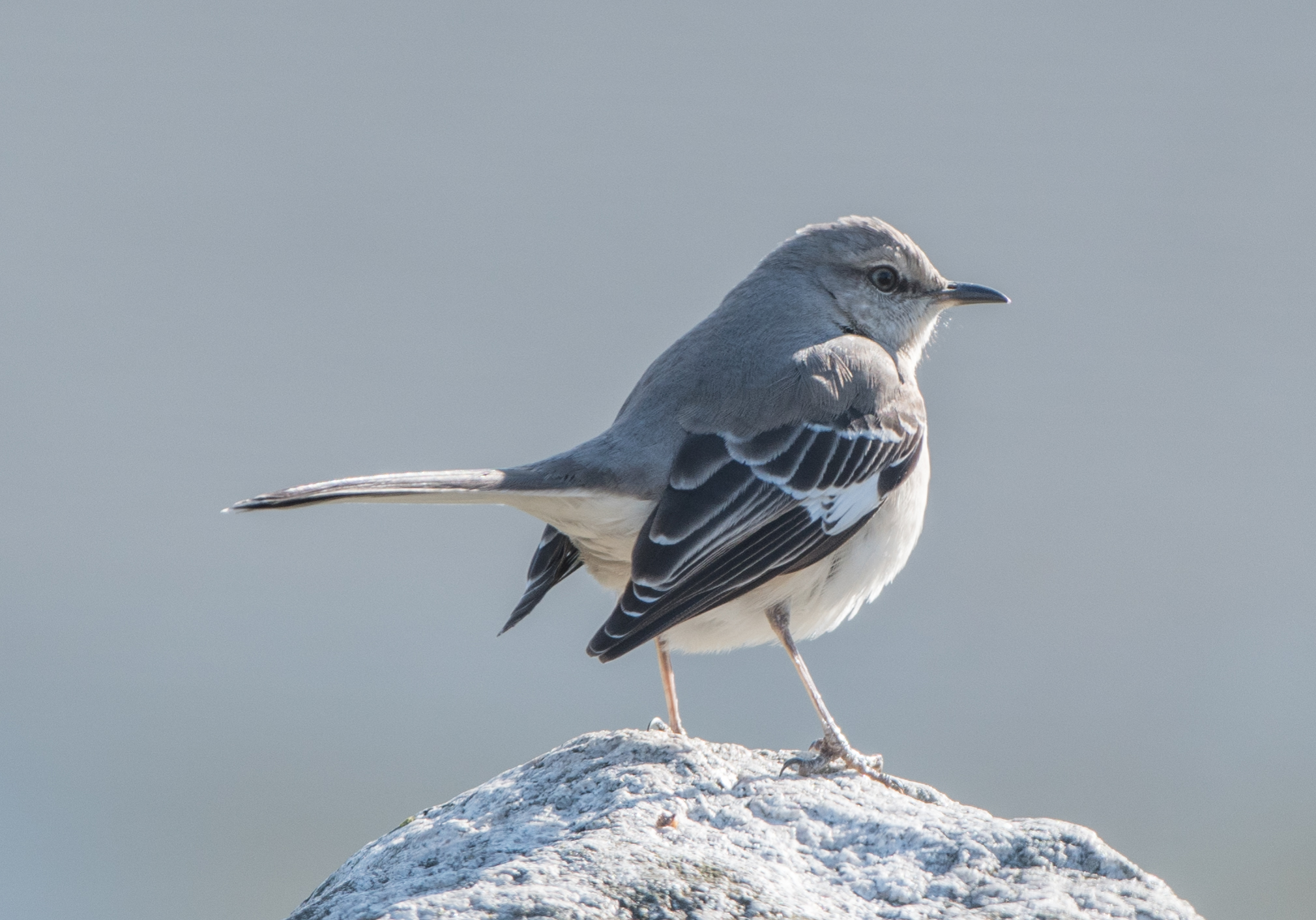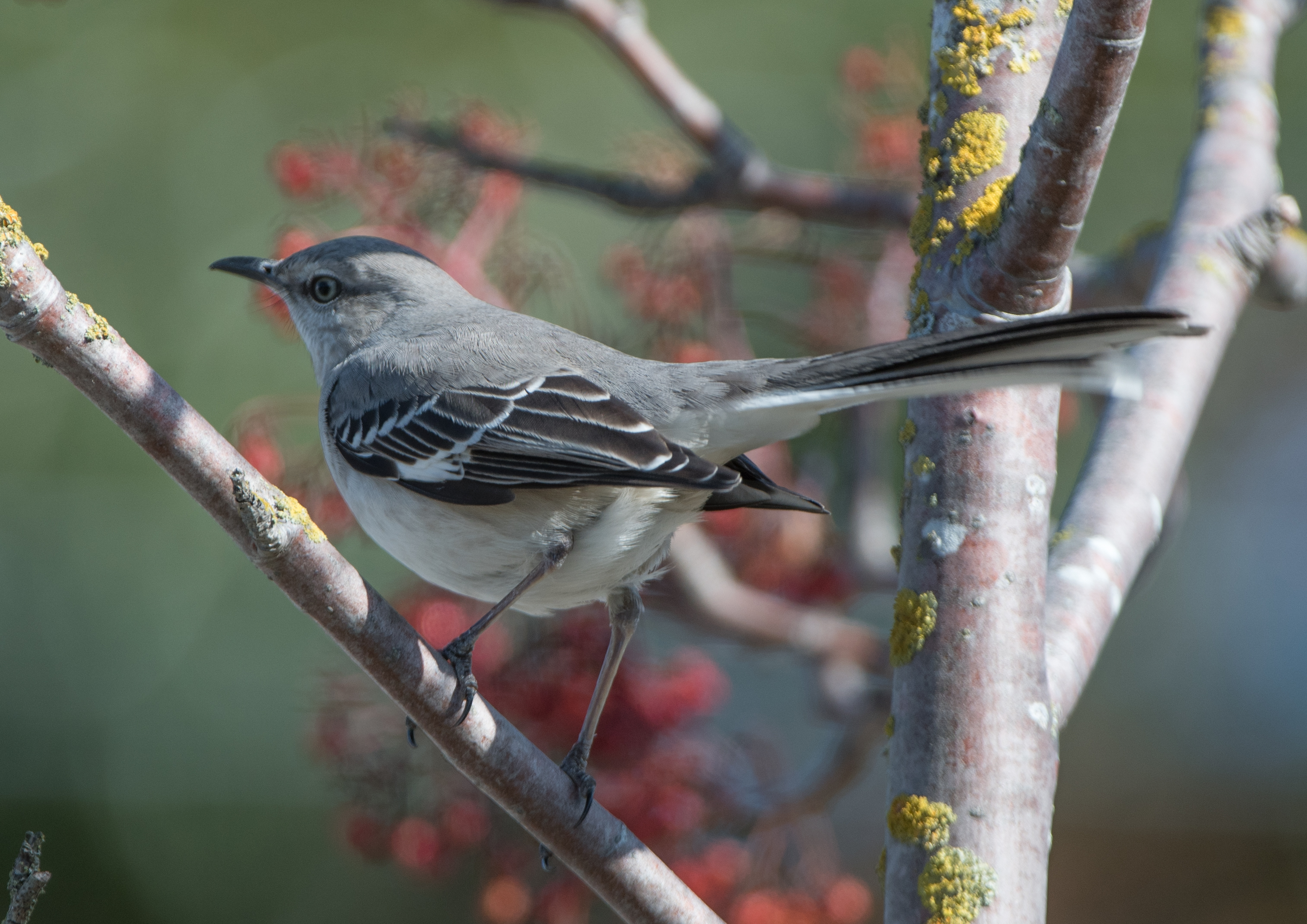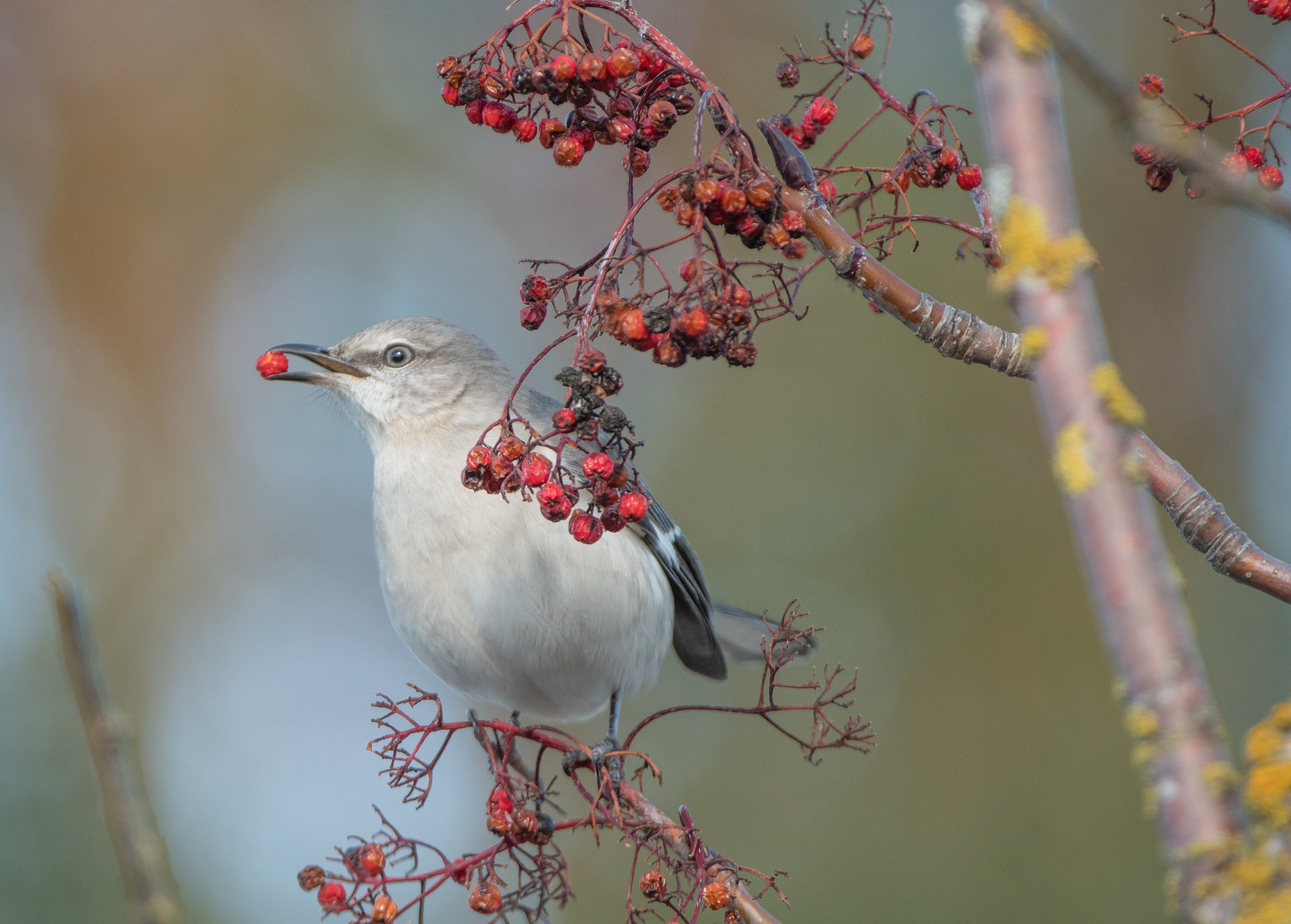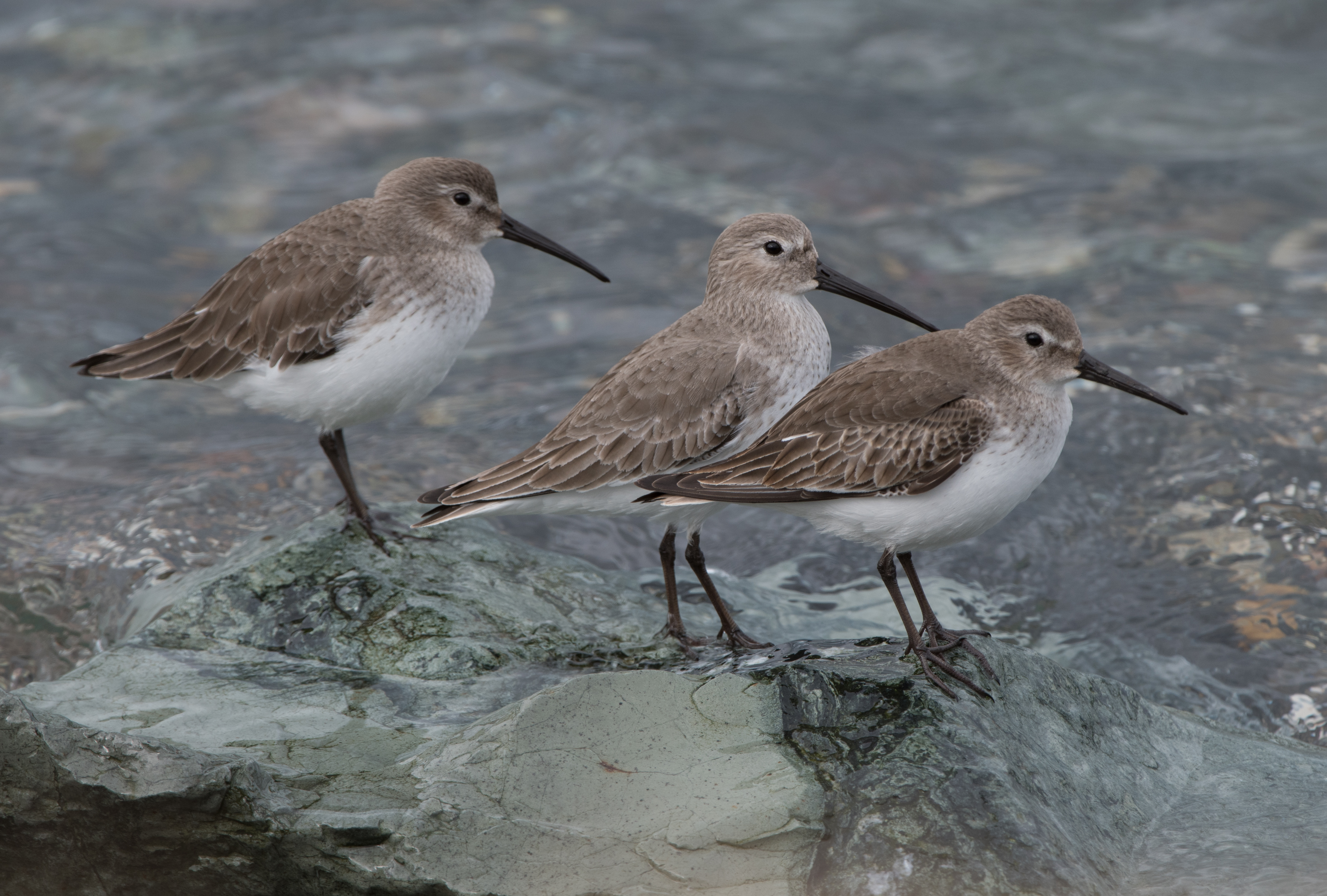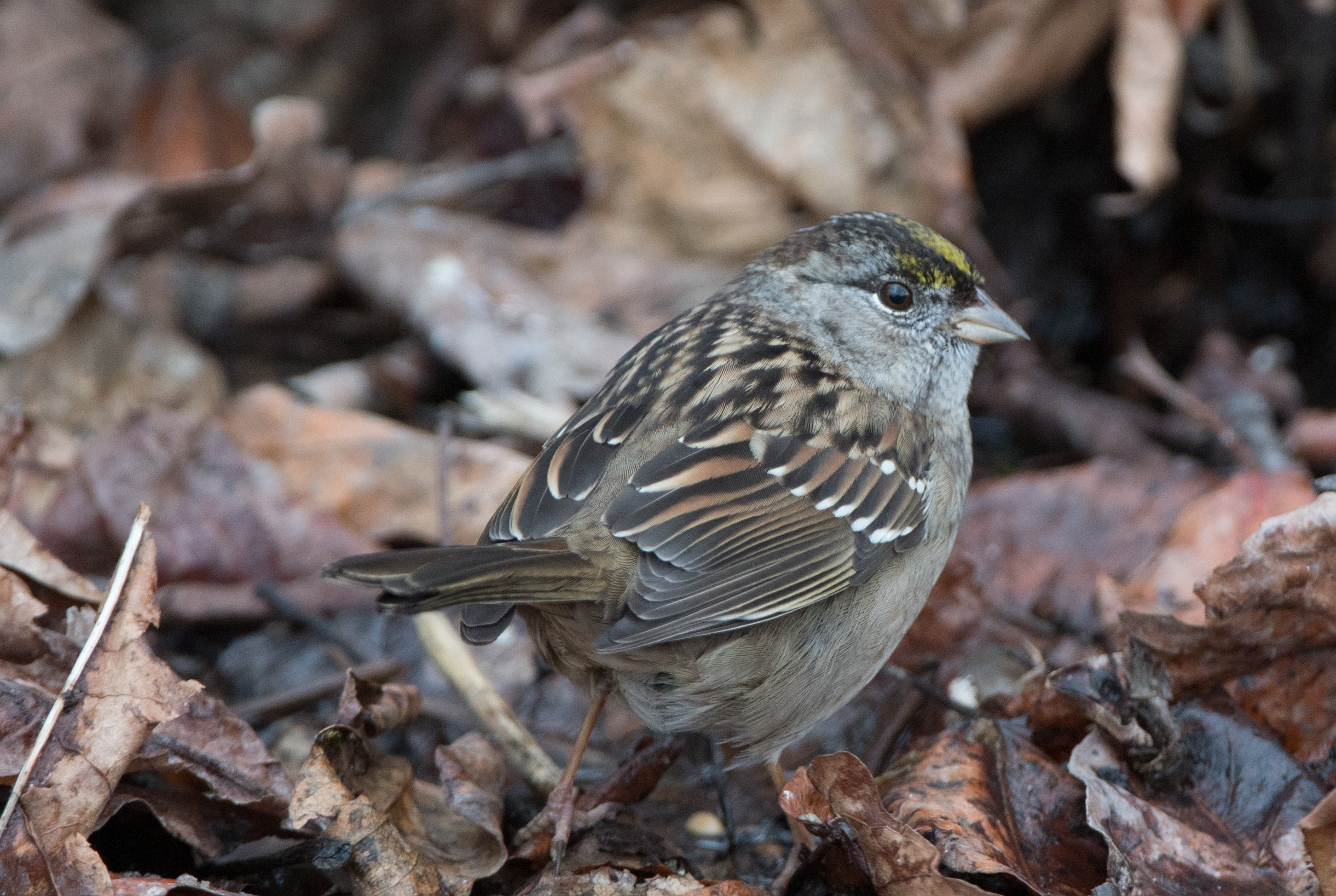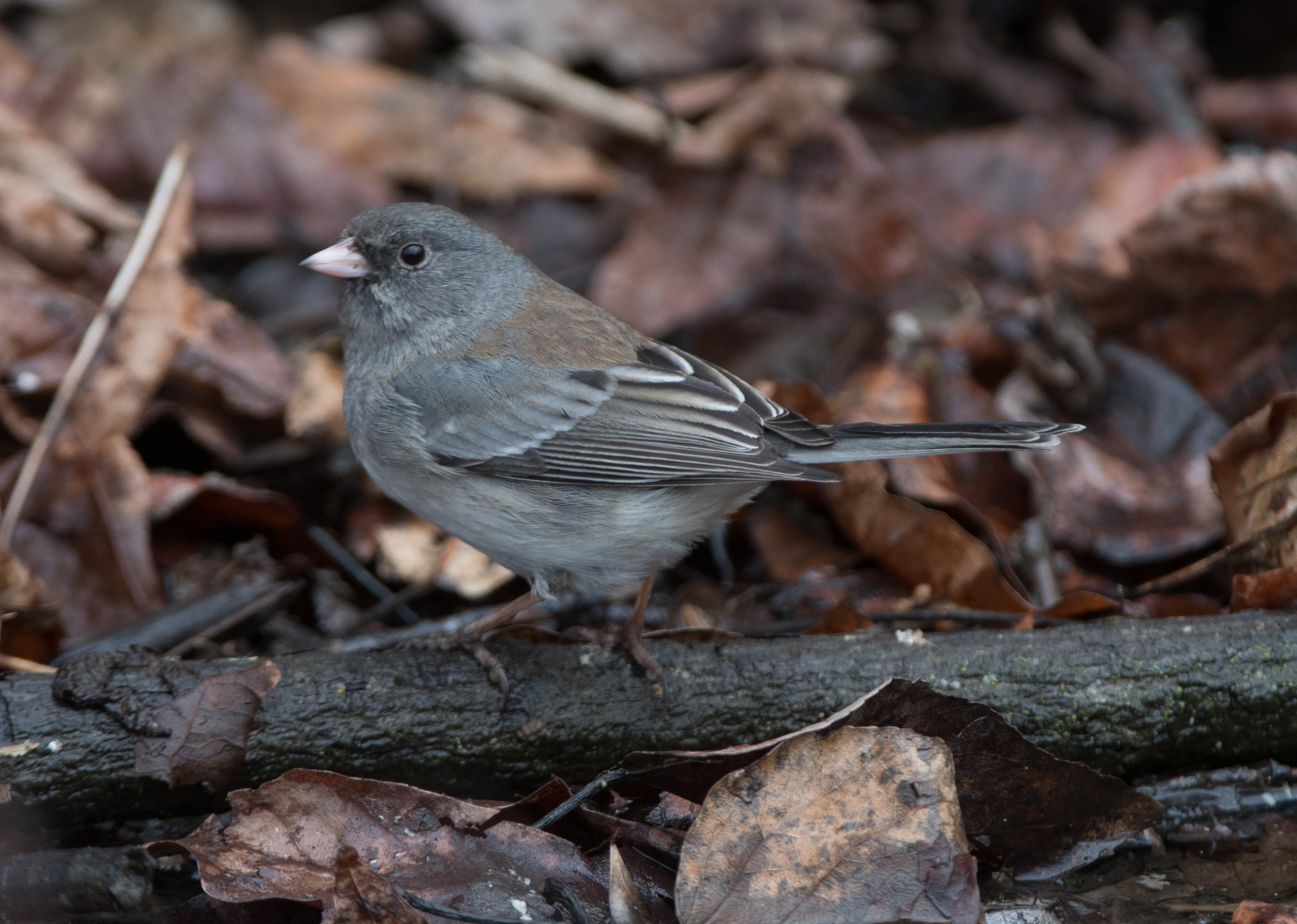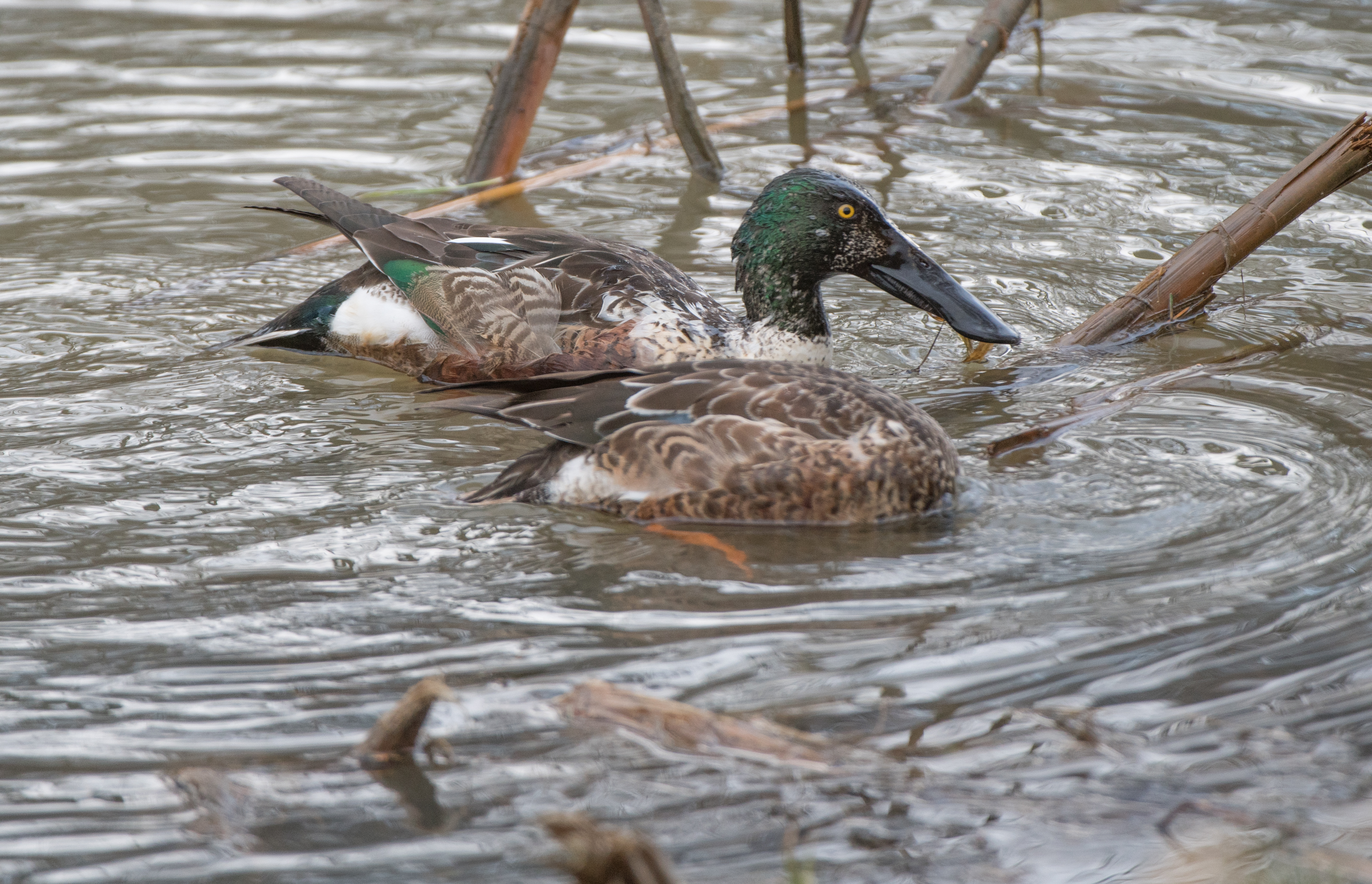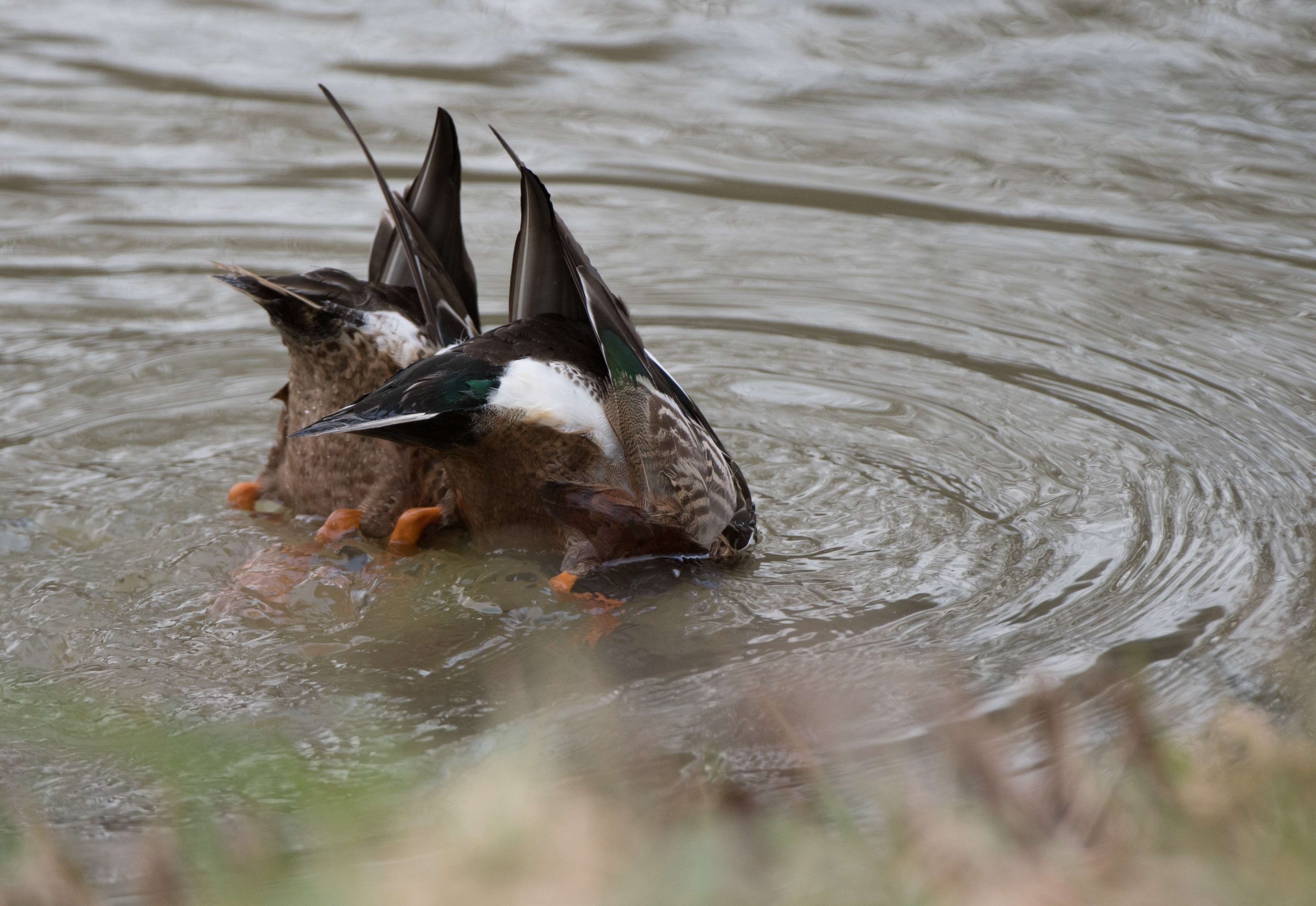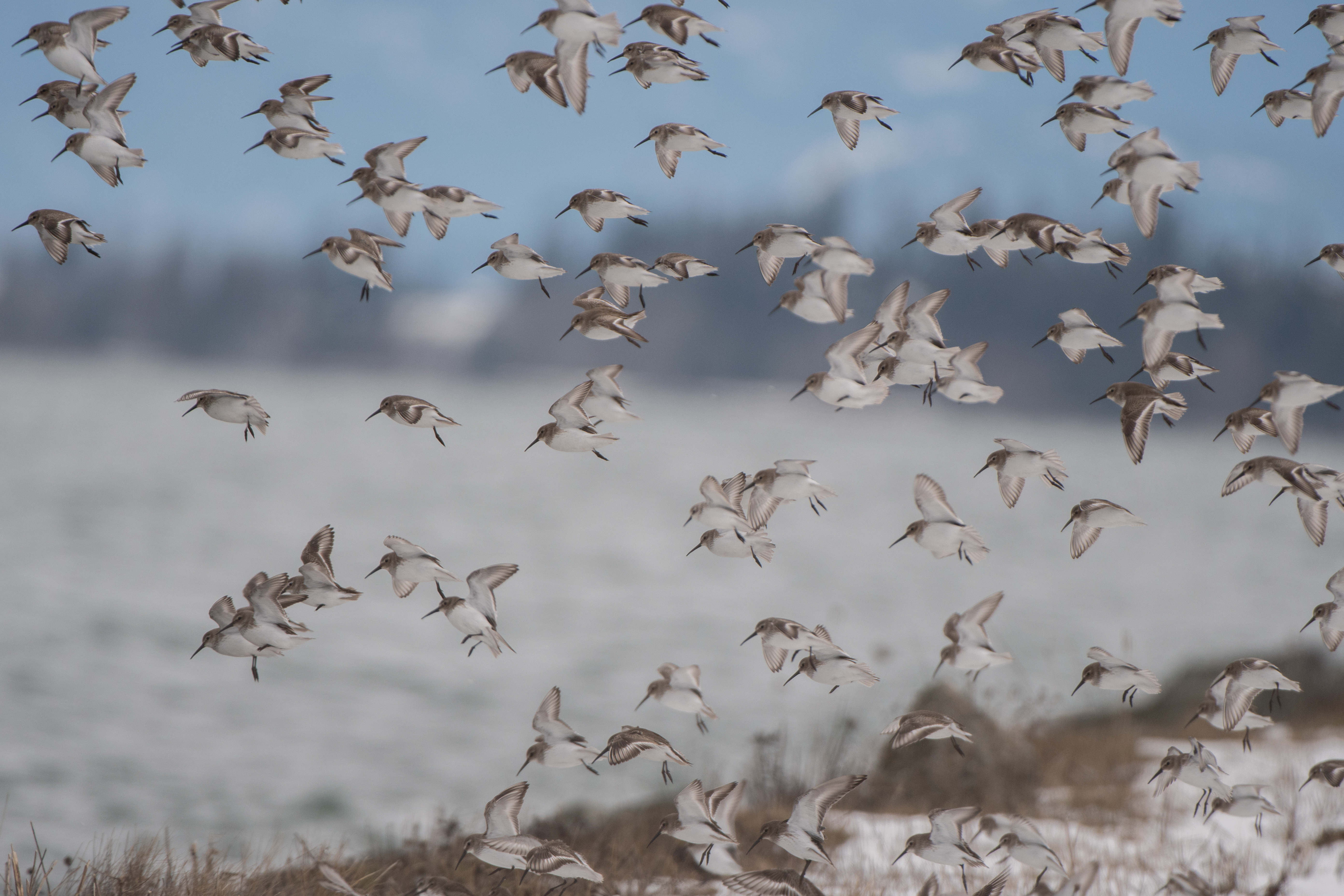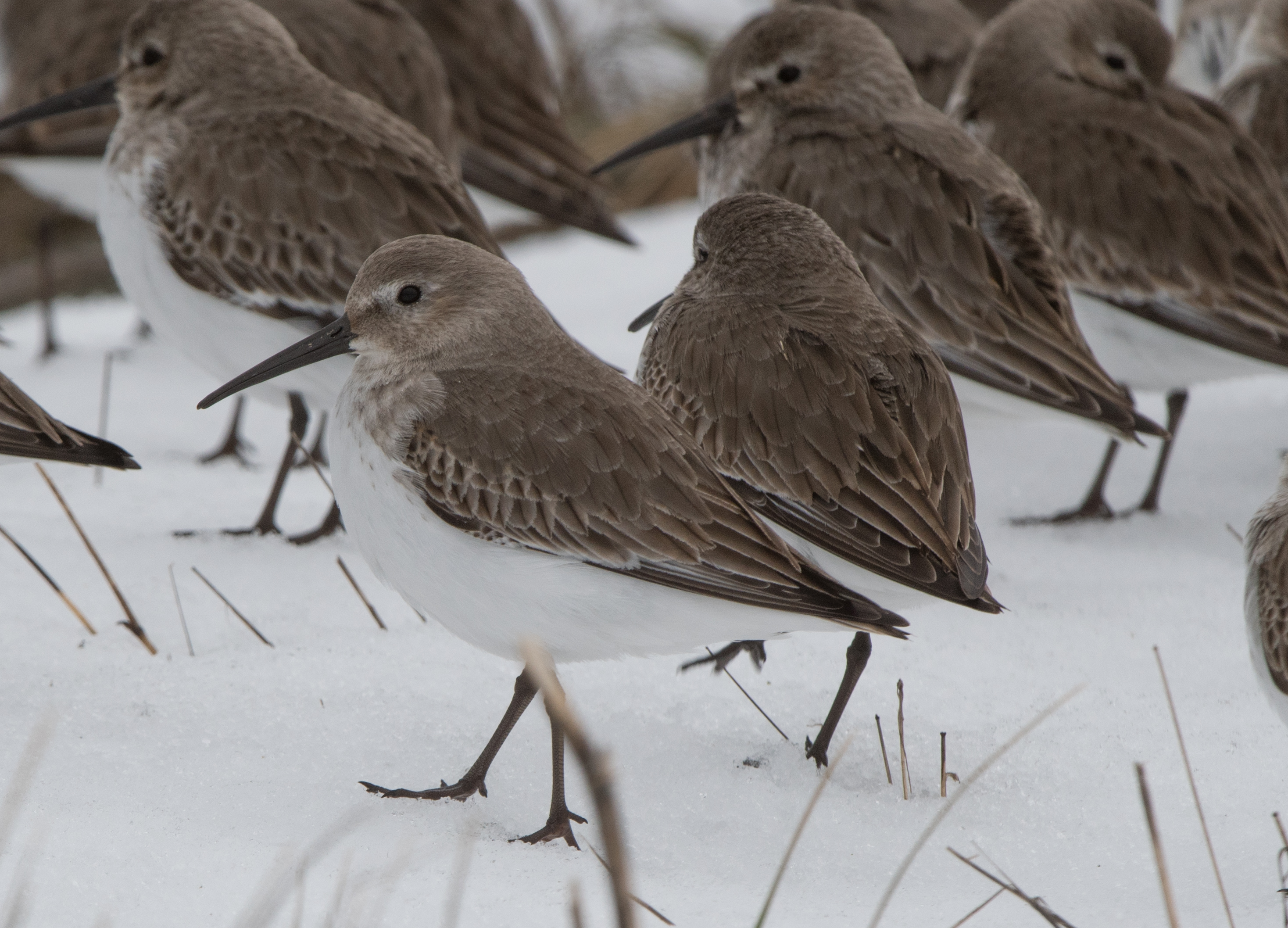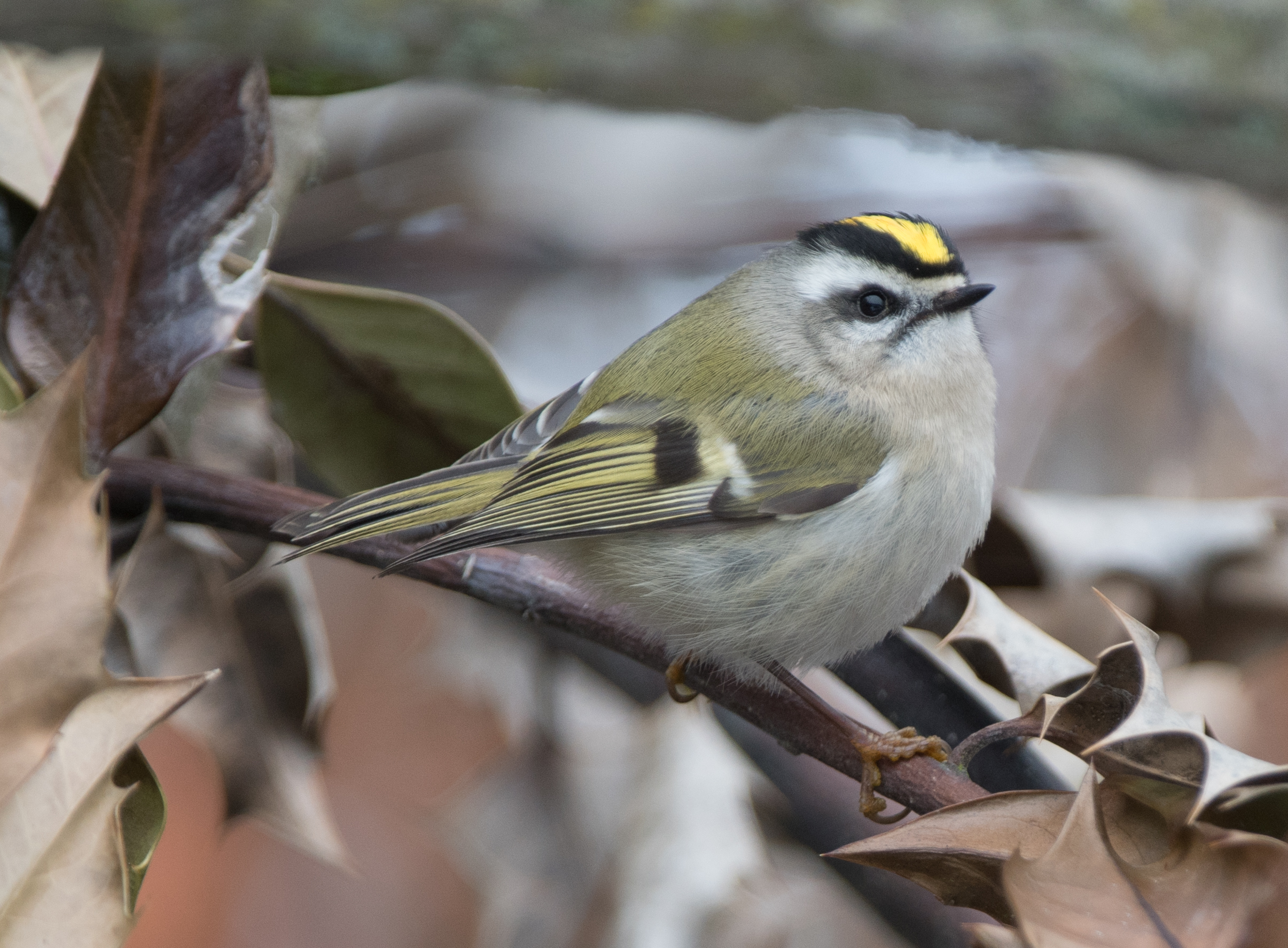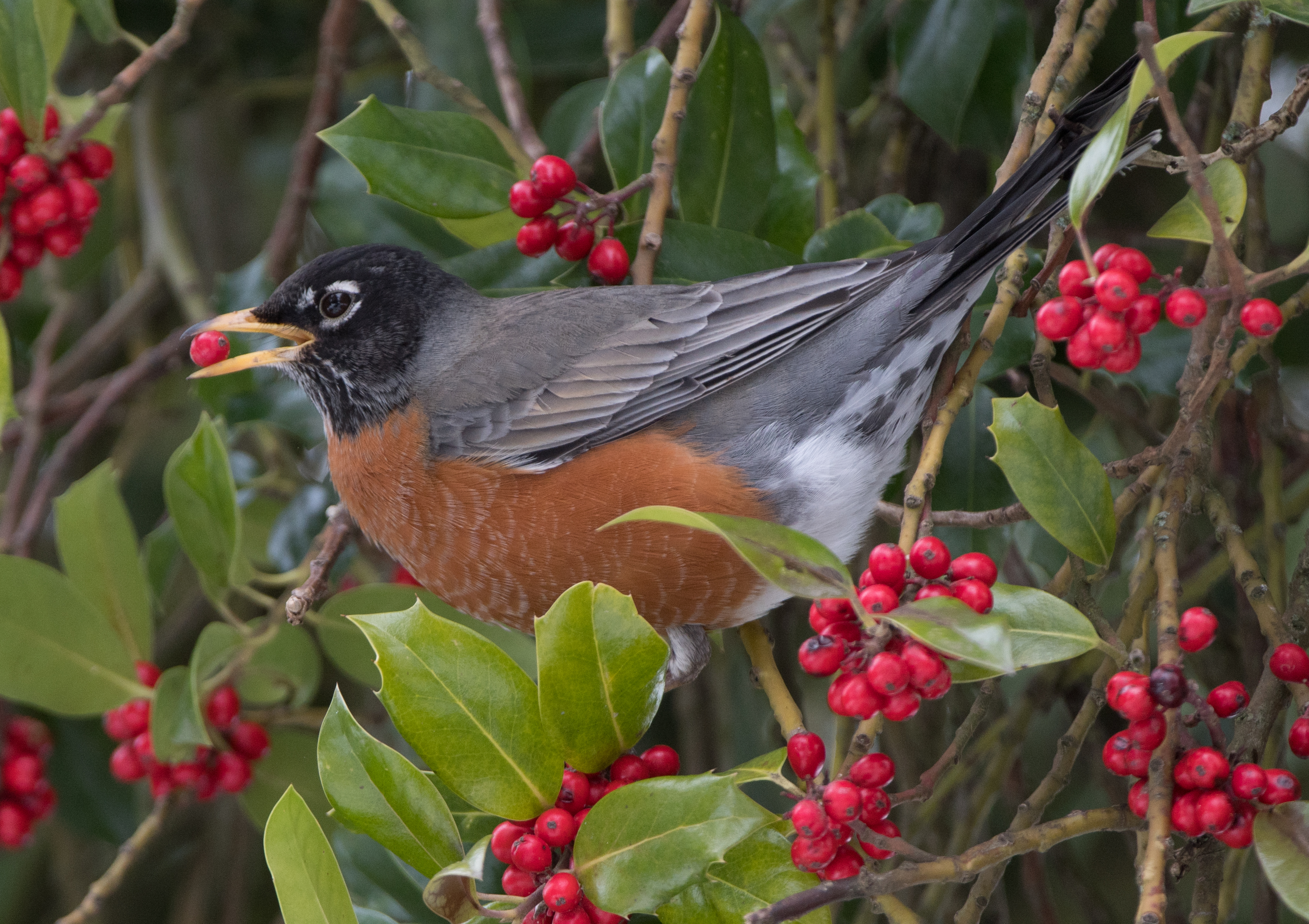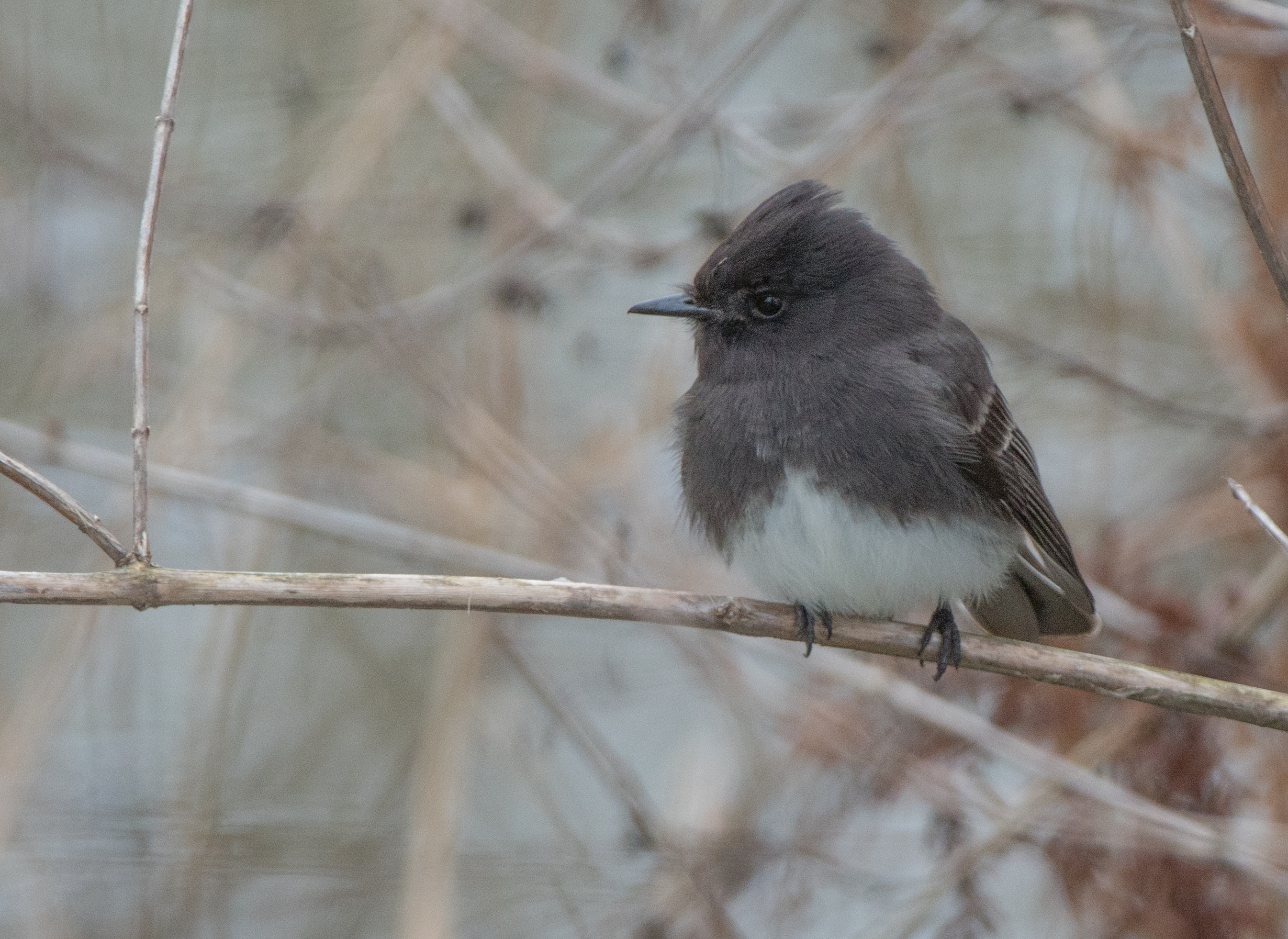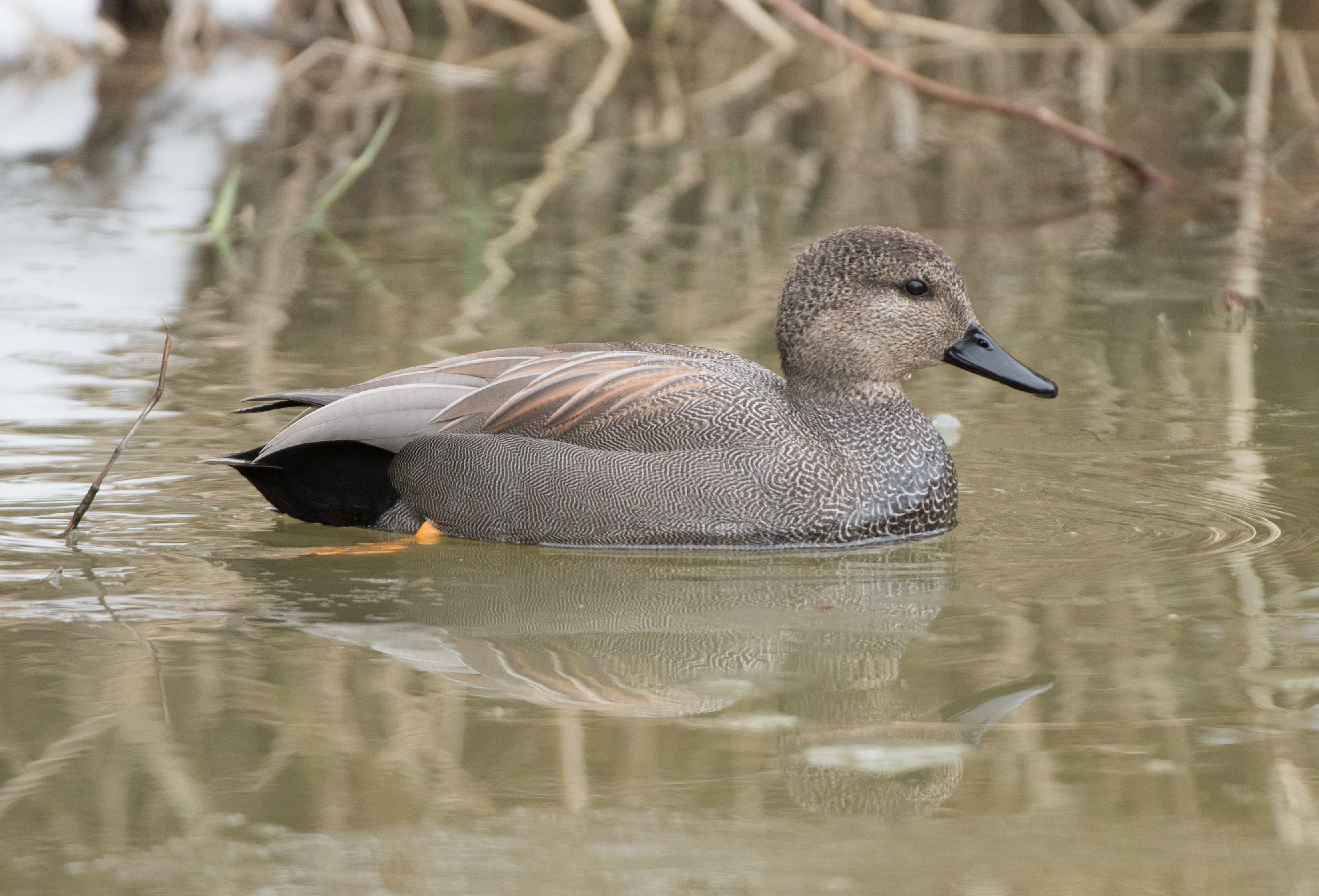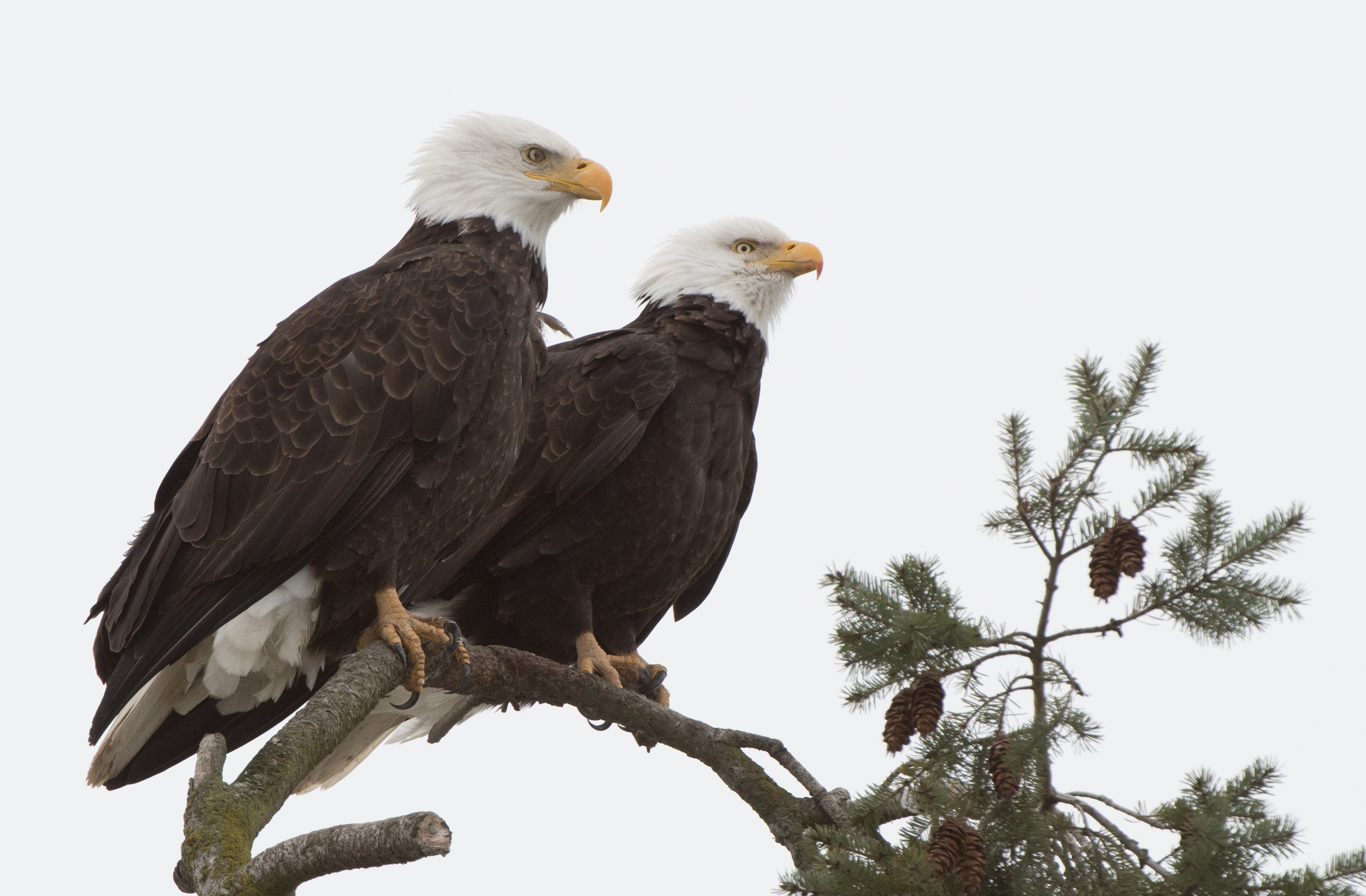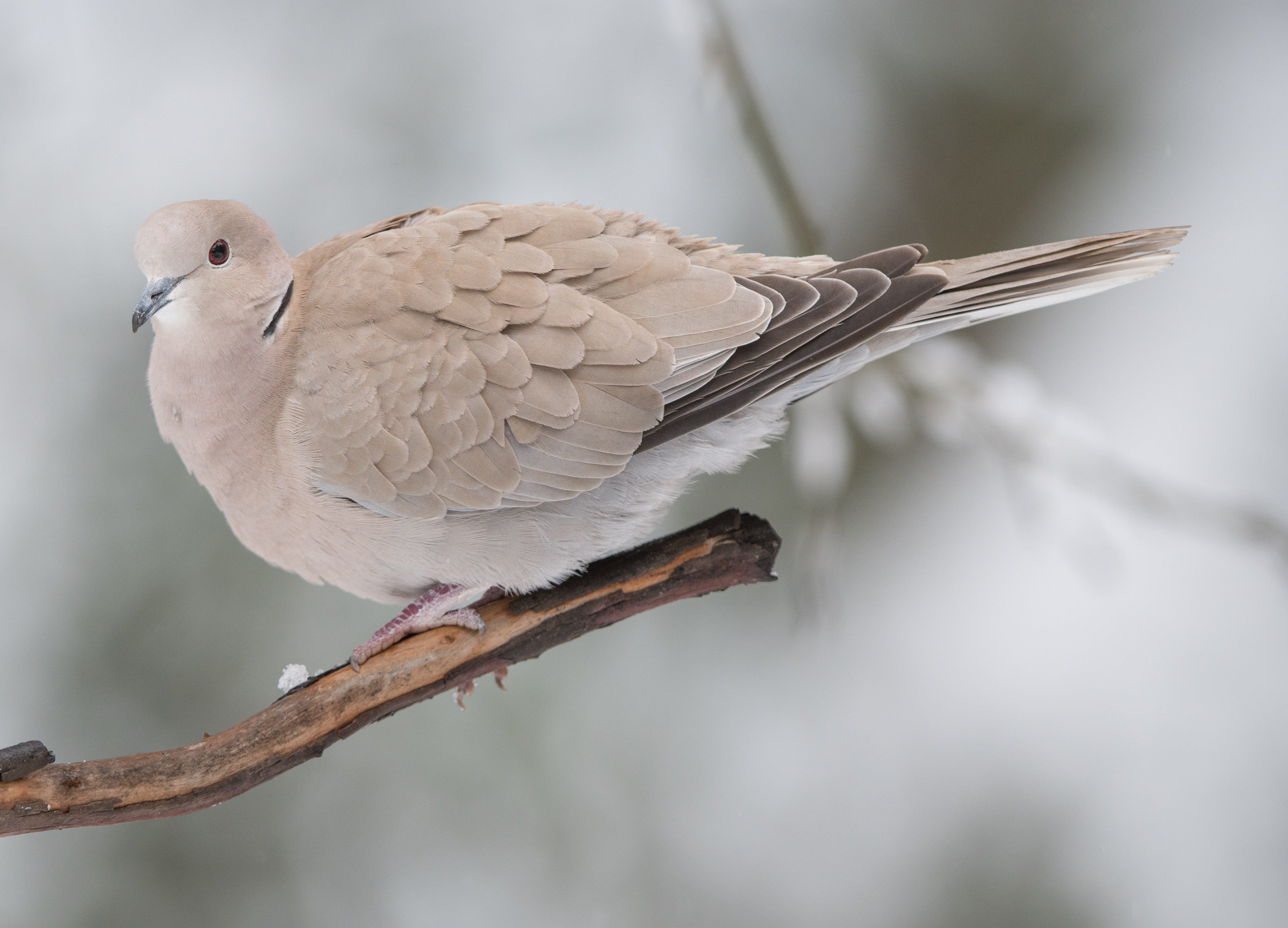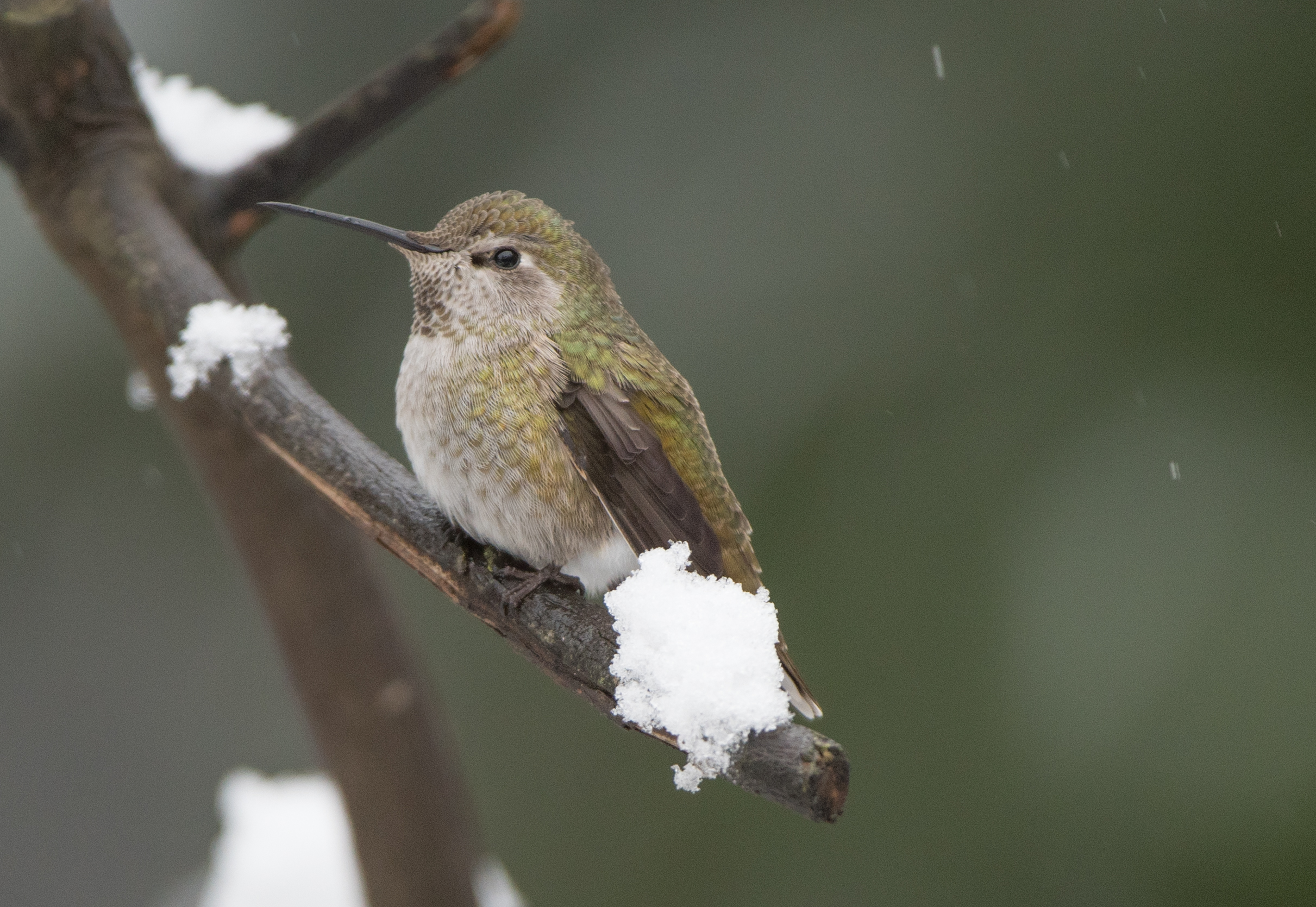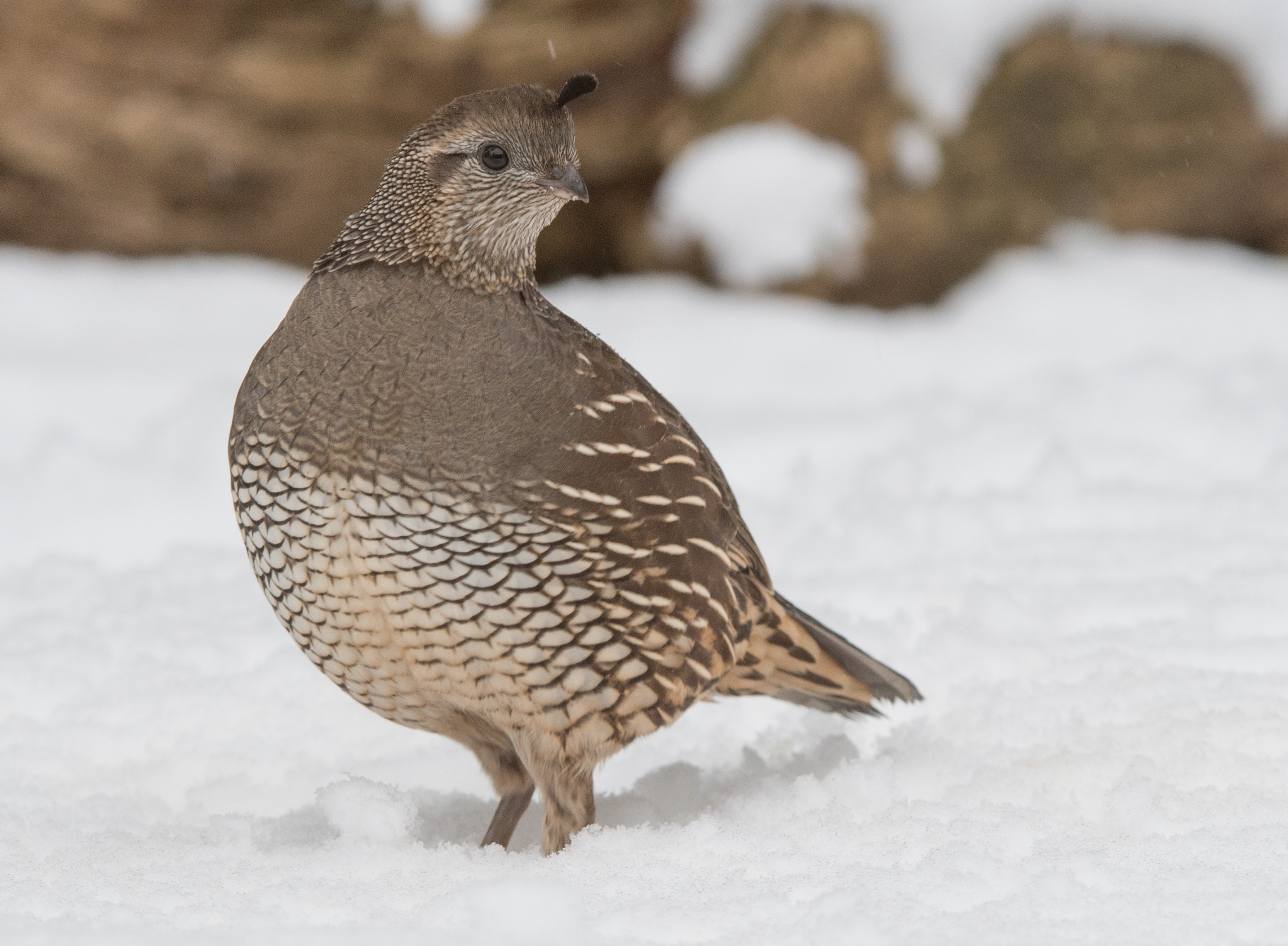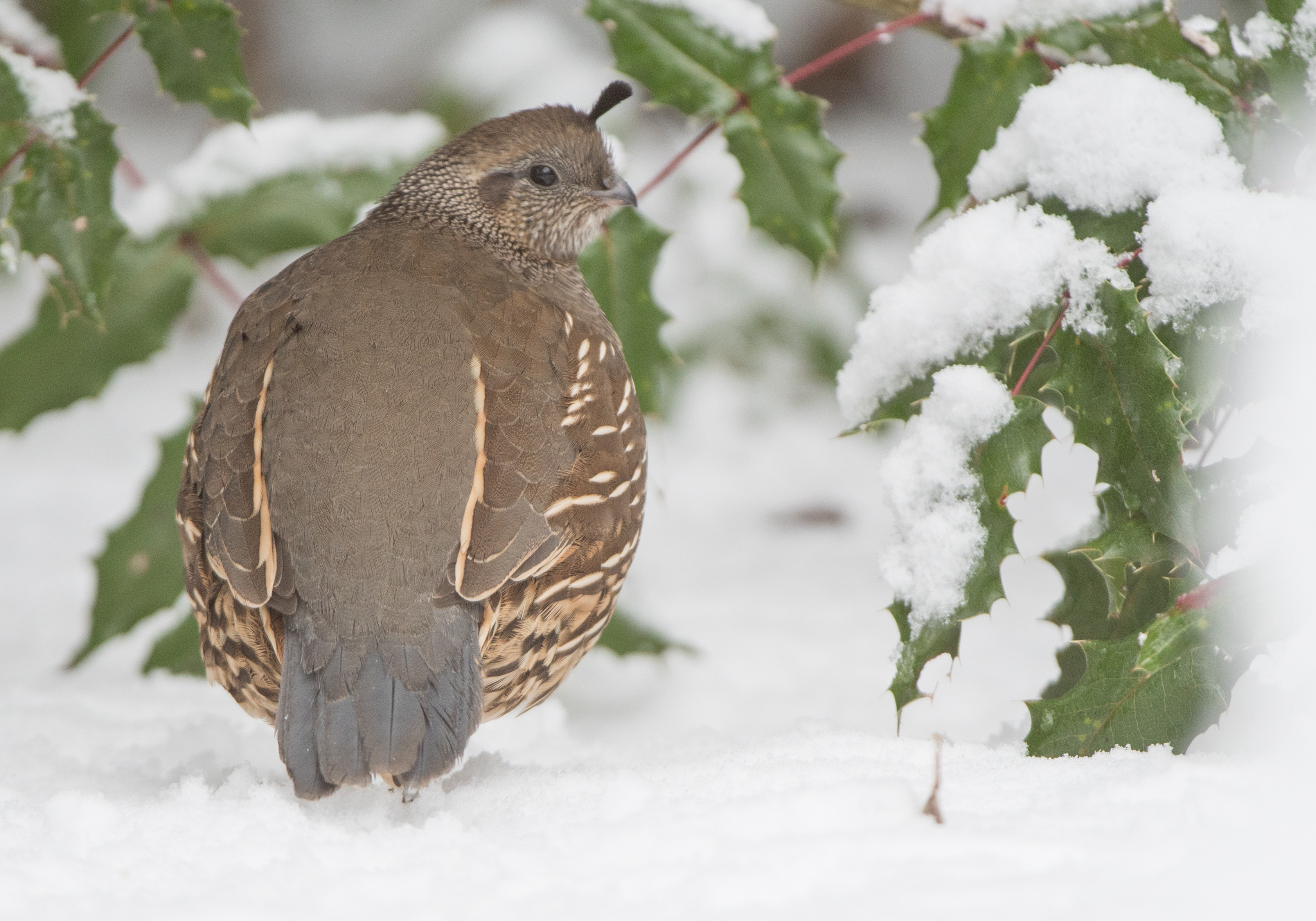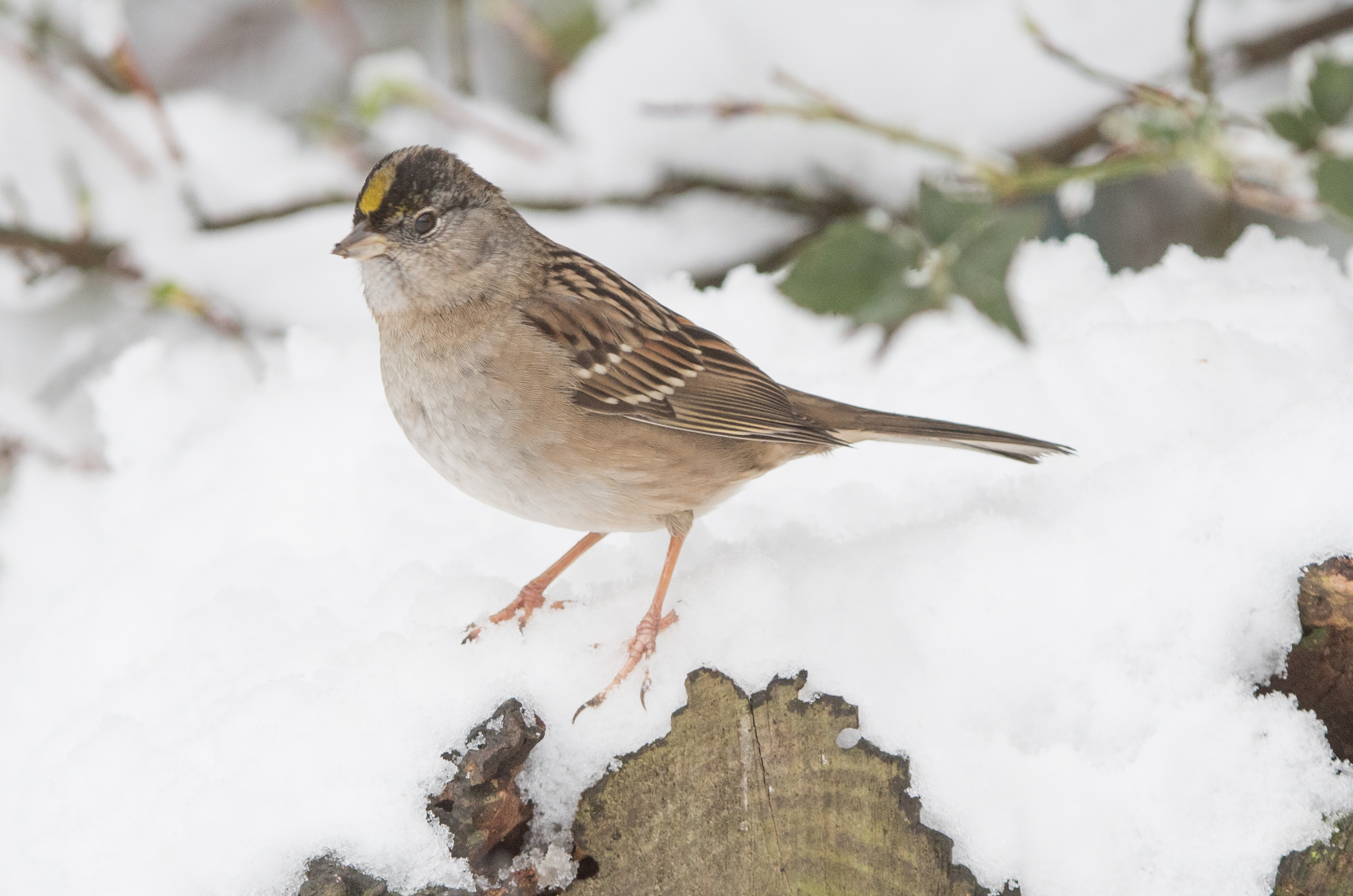As I suggested in my last blogpost, there isn’t a much better time for birding than after a snow if you can safely get out.
We had several visits from Varied thrushes in our yard on February 10, 2019. The thrushes were very shy and I would have sat outside and waited for a photographic opportunity, but I doubted that they would enter the yard with me outside. I’m somewhat embarrassed to say that I took this photo of a female Varied thrush through the kitchen window. (I was desperate to document one in our yard!)
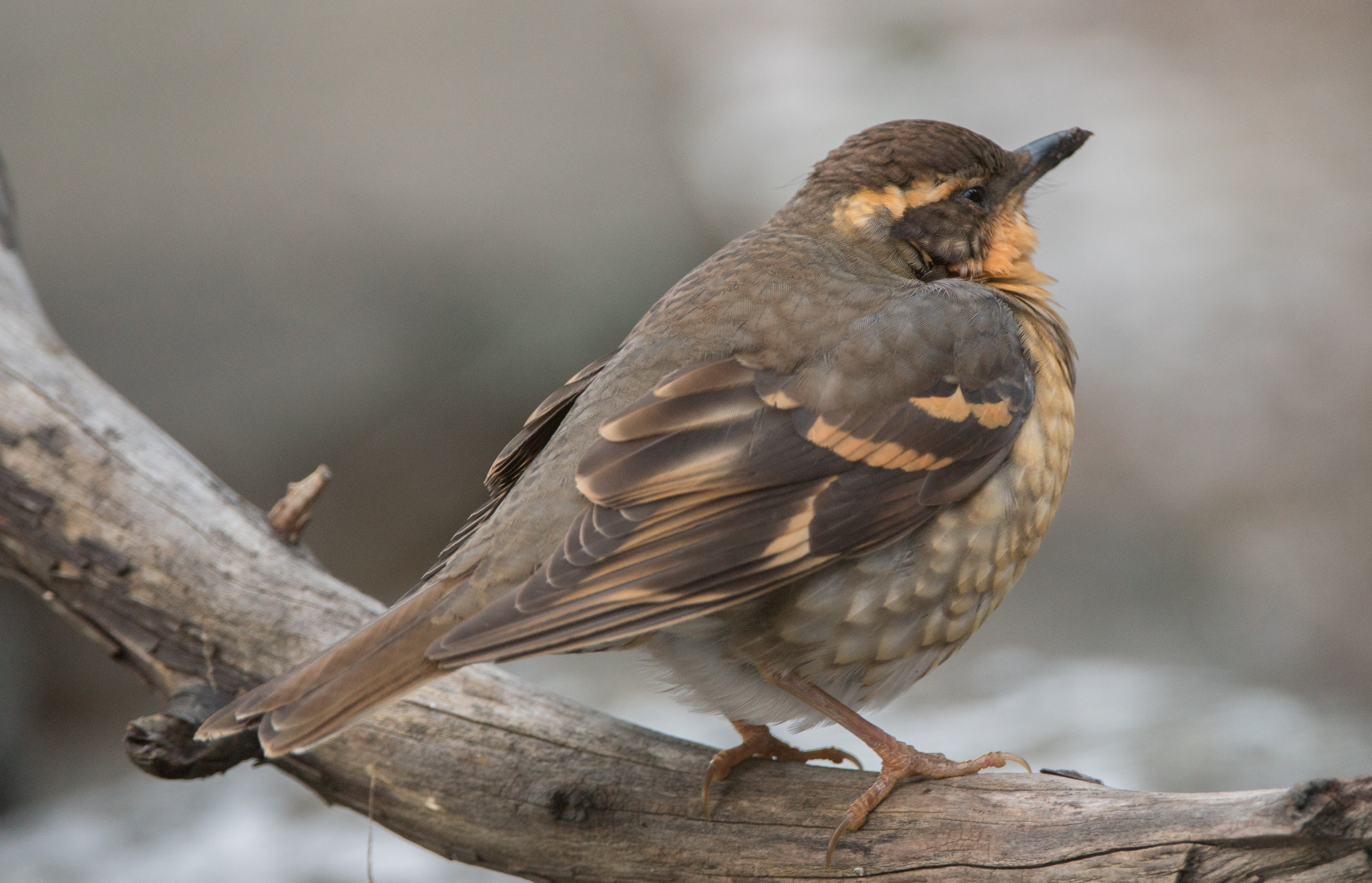
I have full-time all-wheel drive on my RAV-4 and so I took to the streets mid-morning. One of the best decisions I made all day was to tour the Cap Sante neighborhood first. About two blocks up the hill from our house I was taking photos of a variety of birds in a deciduous tree when I realized that I was viewing a White-throated sparrow. I had logged one in our yard years before but as the years went by I became less confident of my previous identification. But here, in the neighborhood, without a doubt, was a White-throated sparrow and I was documenting it with photographs!
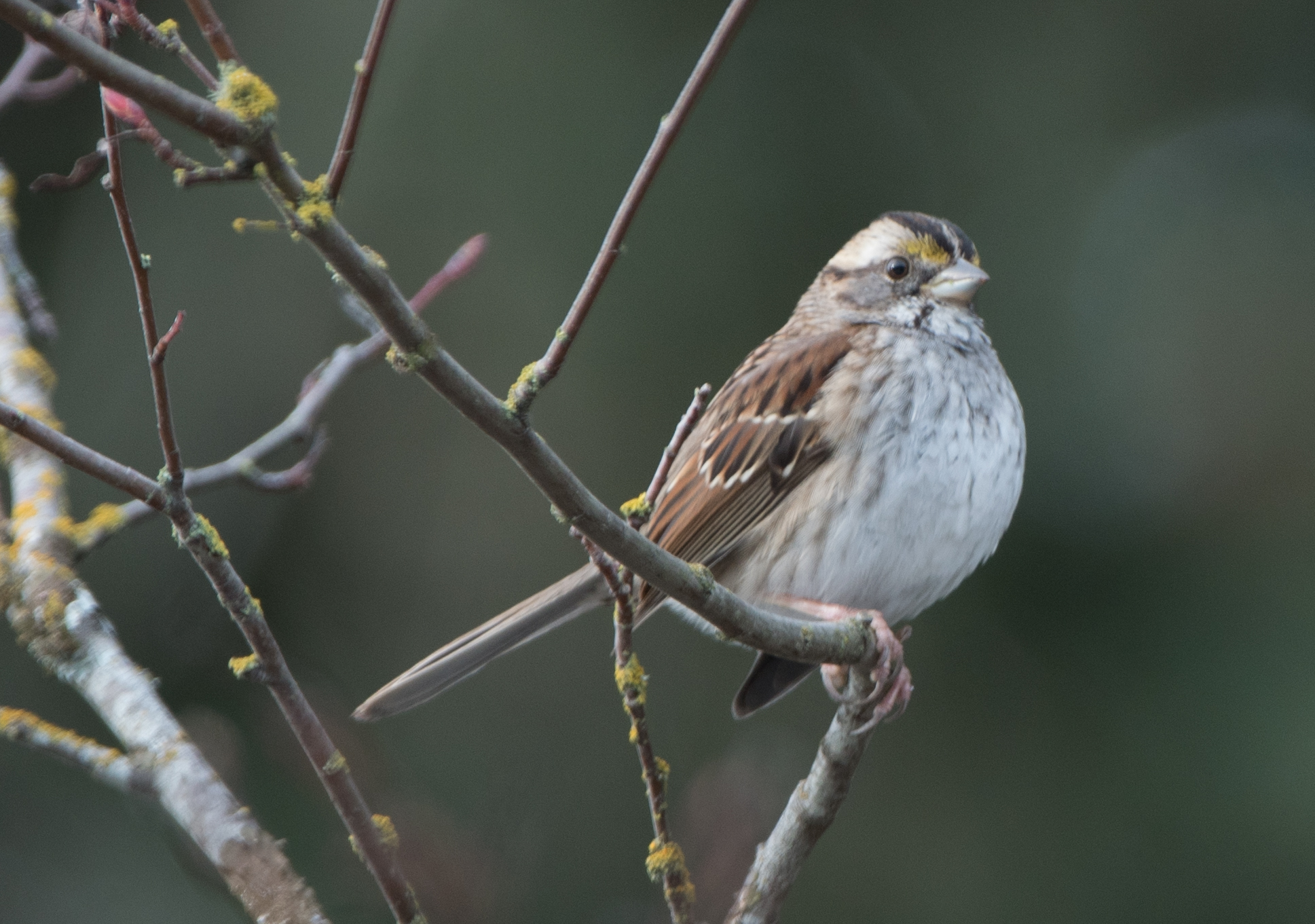
I had decided to head south, but on my way I decided to tour March Point. I found what I assume to be a female Common merganser very near shore. (I’m not positive of my identification… the bird could be a male or even a Red-breasted merganser. If I get a different confident ID from a more accomplished birder I’ll modify my post.)
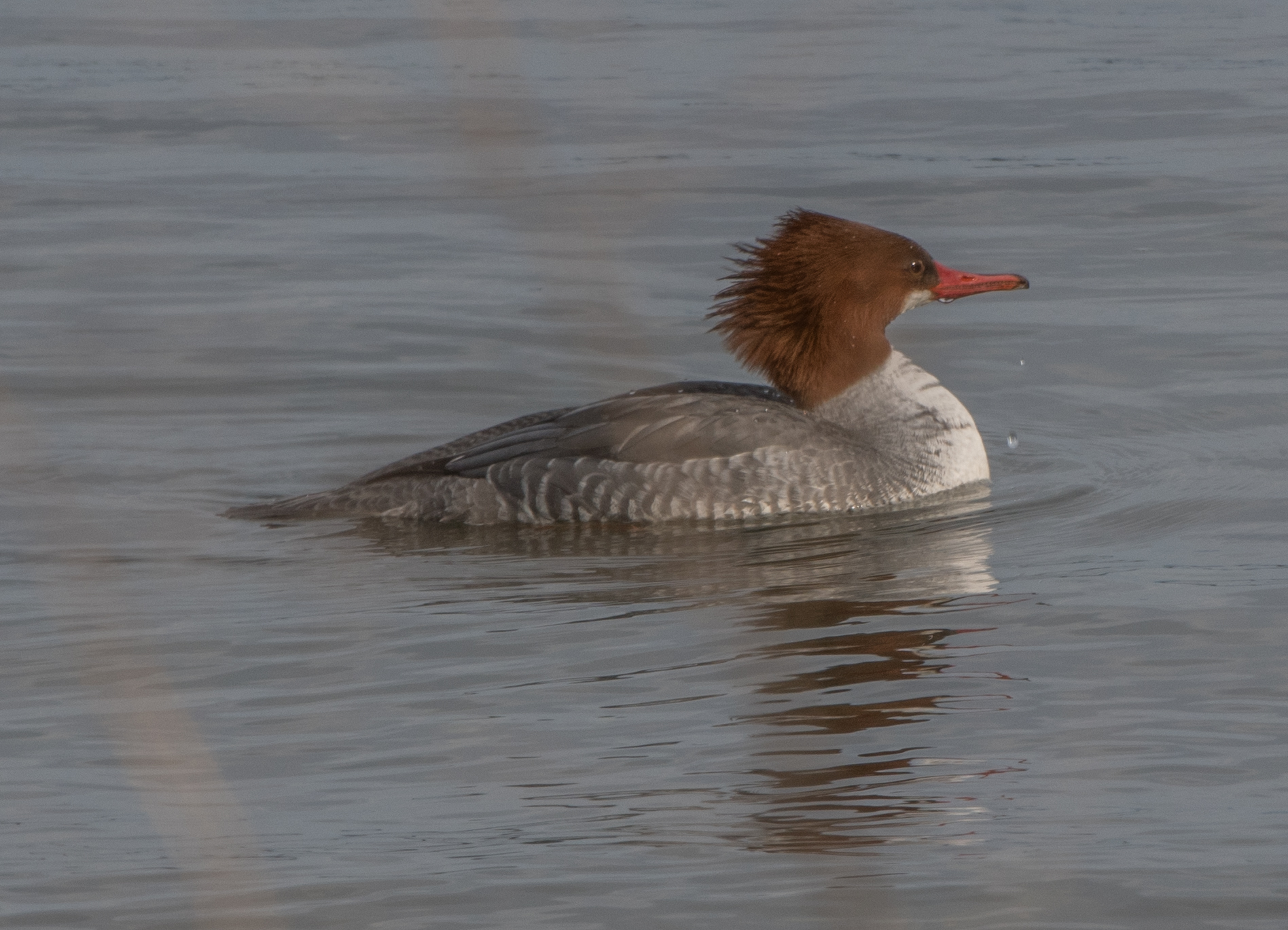
But I digress from my story. As I watched the bird it more or less made landfall, and as it did I noticed a River otter 30-40 feet away heading directly for the merganser. The otter dove and I got my camera ready for a wildlife moment… but time went by with nothing happening. Just as I relaxed and lowered my camera the otter sprang from the water about 3-4 feet from the merganser, but the merganser reacted instantly and the otter was left with no meal.
I next headed for Fir Island and my second incredible find for the day… a male Red-breasted sapsucker. I was able to observe and photograph (98 photos… these opportunities don’t just happen along every day!) the bird for well over an hour.
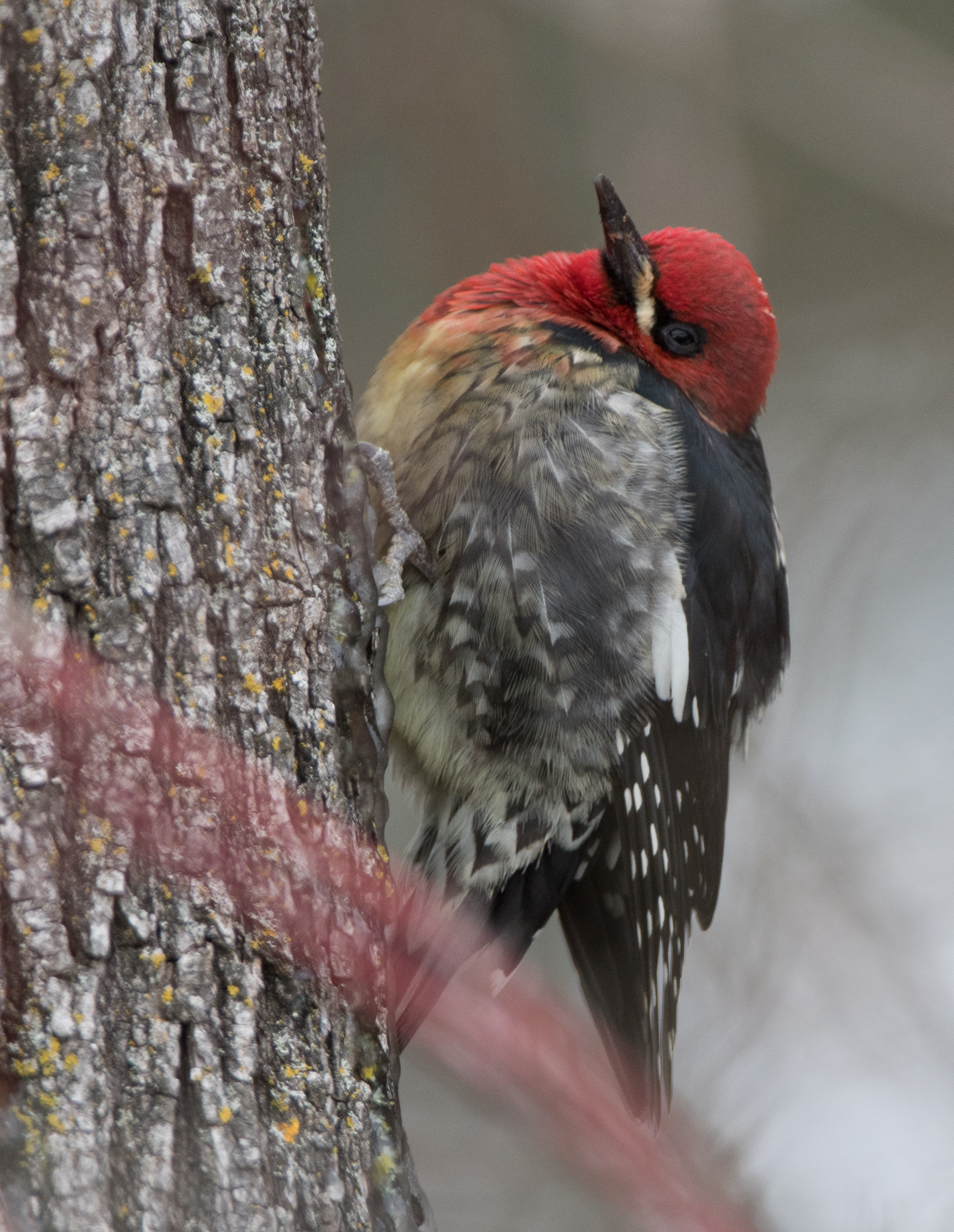
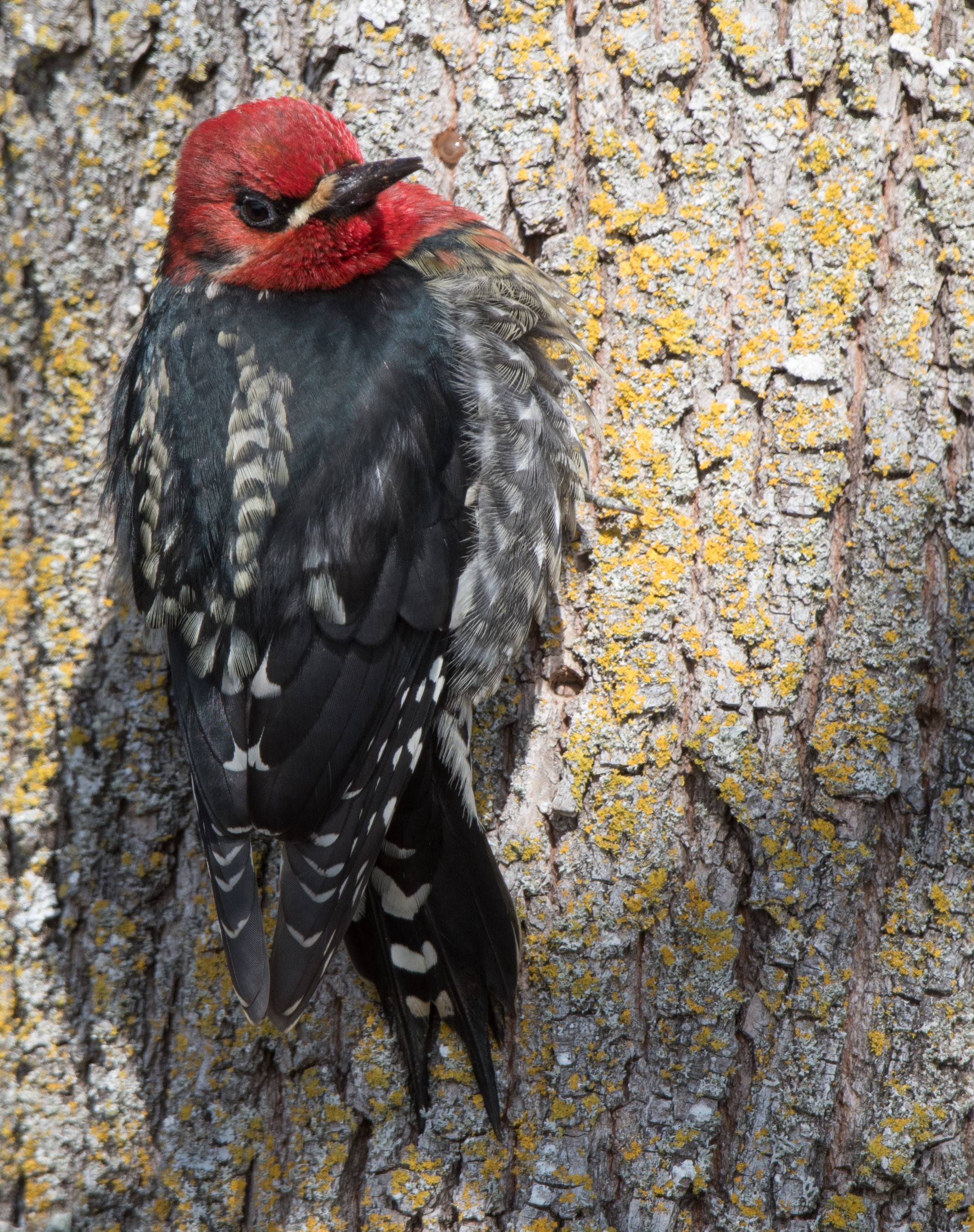
I was surprised at how readily the sap flowed from the small holes the sapsucker drilled in the tree, A small hole immediately resulted in a trickle of sap flowing down the tree.
UPDATE: In an astounding coincidence, on the afternoon of Feb 11, I was looking out our kitchen window and saw a relatively large bird land on the side of our largest fir tree. Due to my sighting and research the day before, I was able to immediately identify it as another Red-breasted sapsucker! It quickly disappeared up the tree but returned later in the afternoon.
At the Hayton F&W Access area I found this Great Blue Heron hunkered down from the cold, one of several I encountered while out.
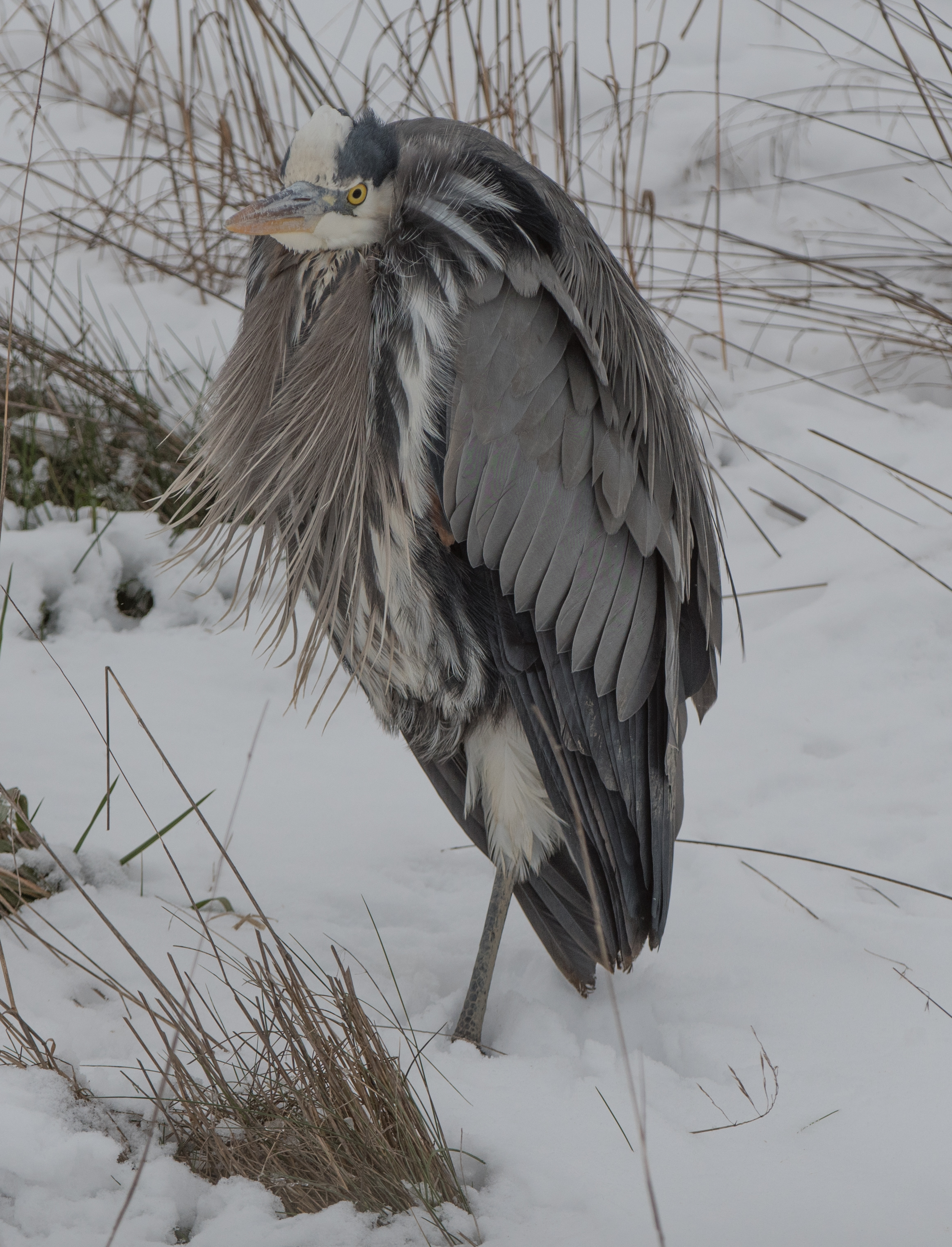
In a field on Fir Island, immediately south of the North Fork of the Skagit River, I found several thousand Snow geese grazing in a field with hunters along one side. Here a Snow goose comes in to join the flock.
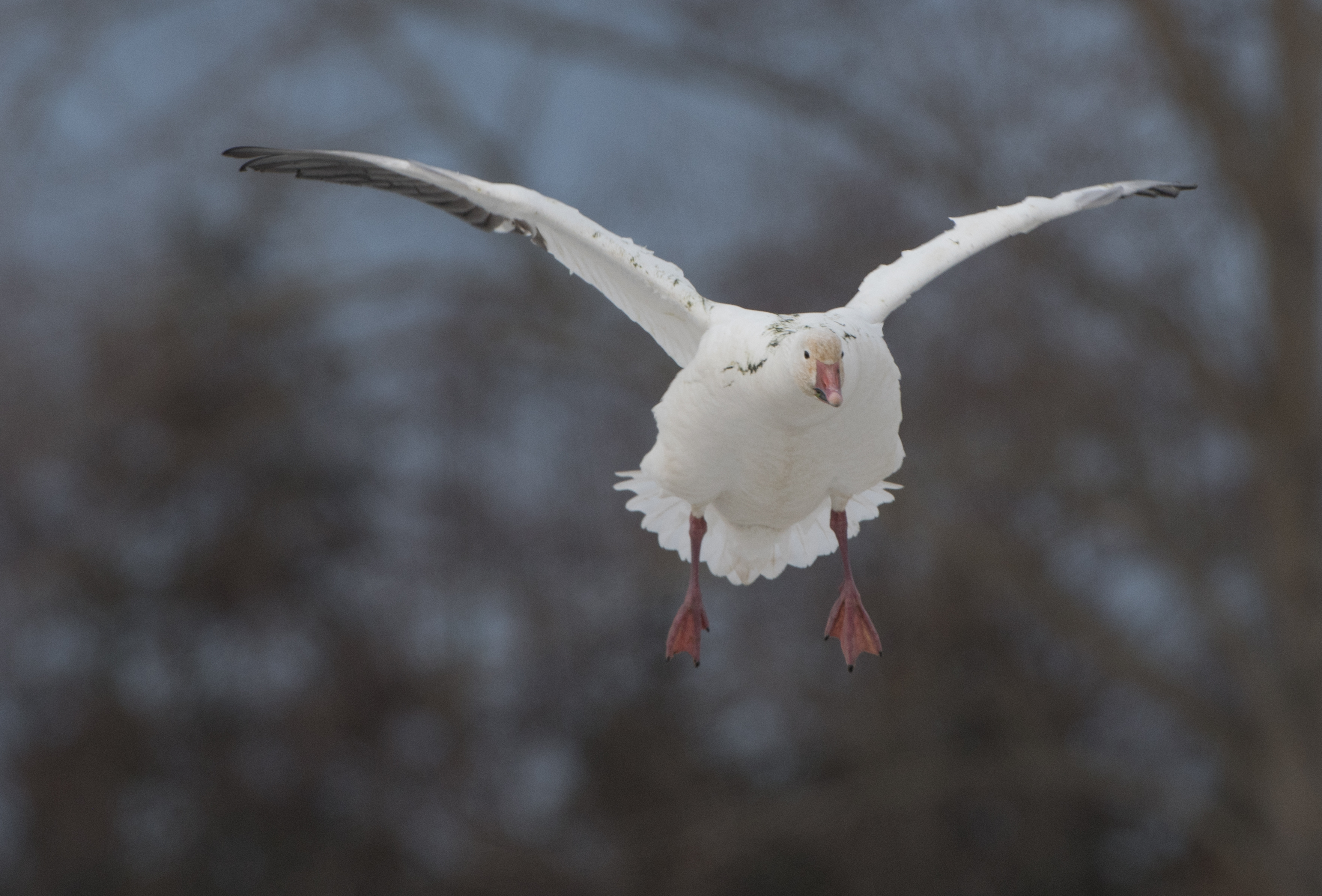
On the way back home I found this Red-tailed hawk perched on a post at the edge of a farm field.
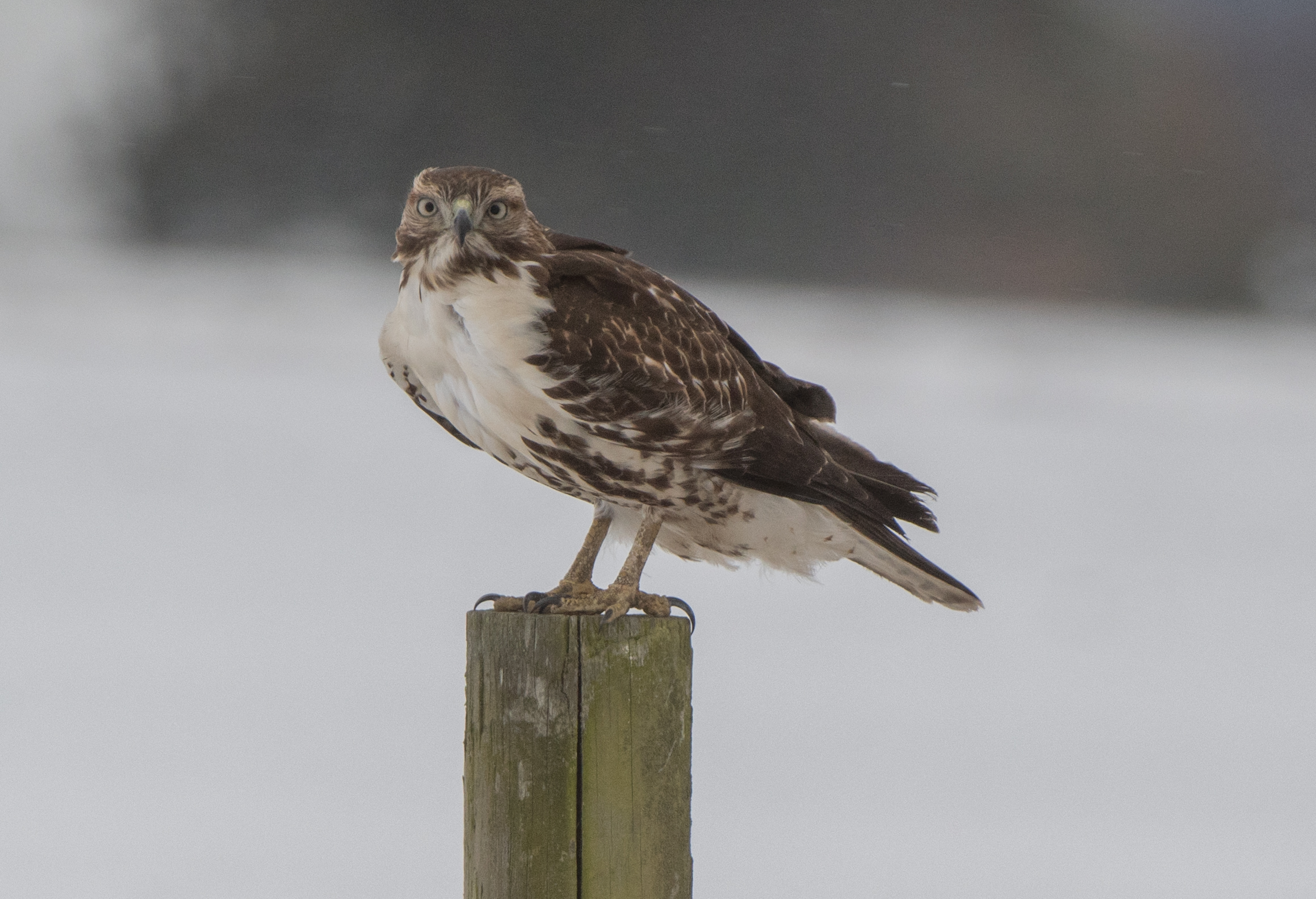
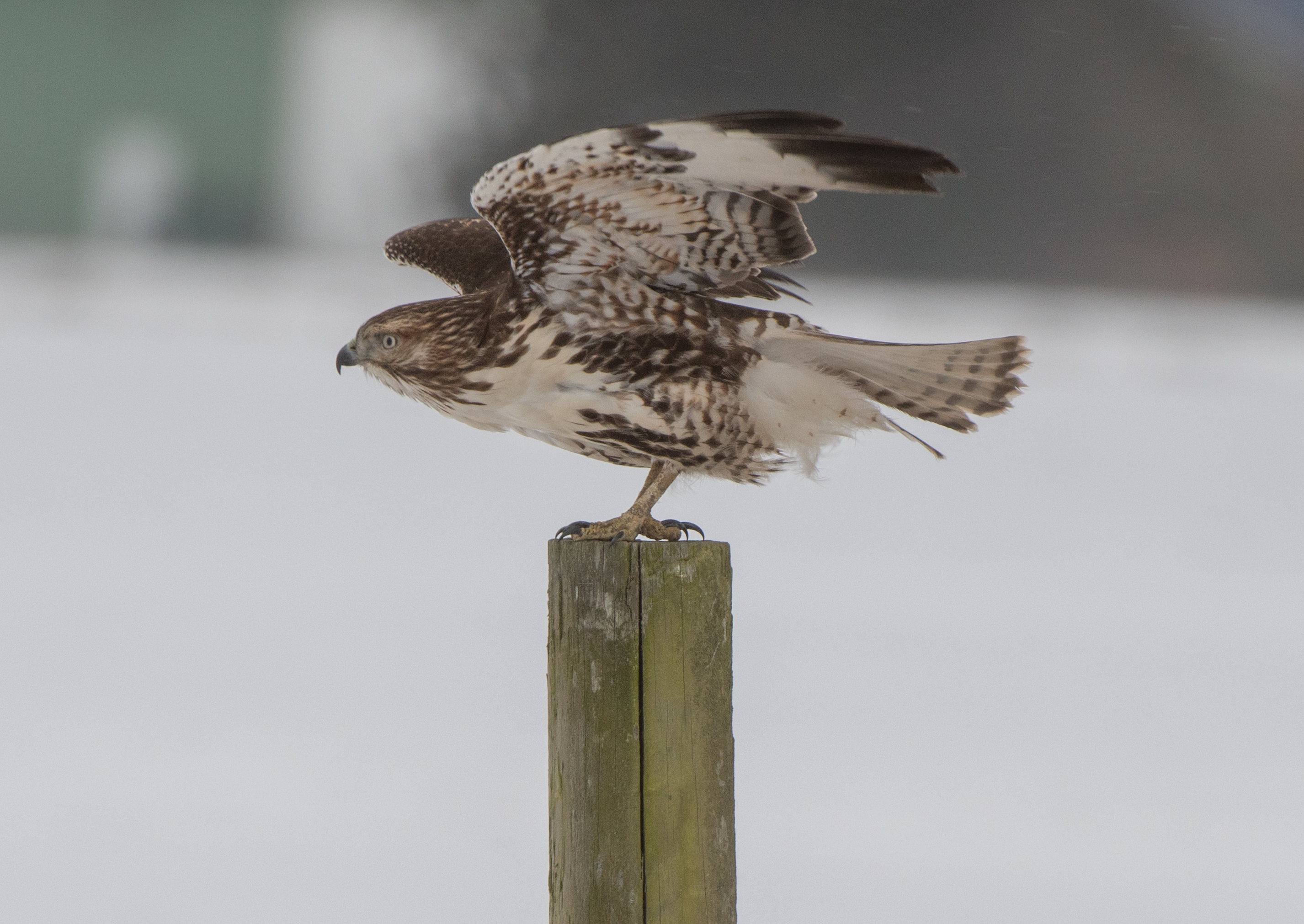
While the number of species I photographed wasn’t significant, the two rarities I photographed were. I took 341 images, but the majority consisted of the sapsucker and flying geese.

